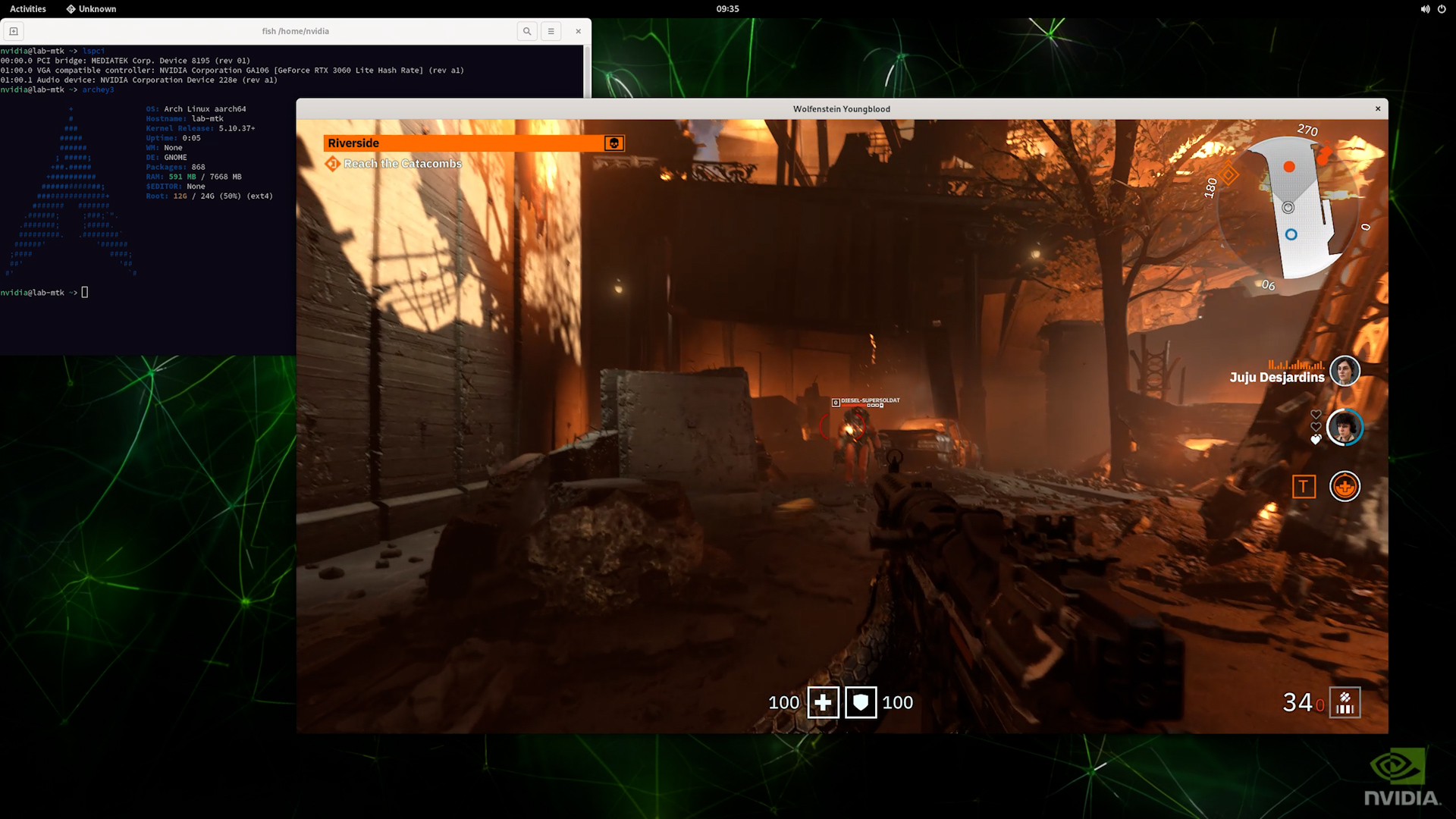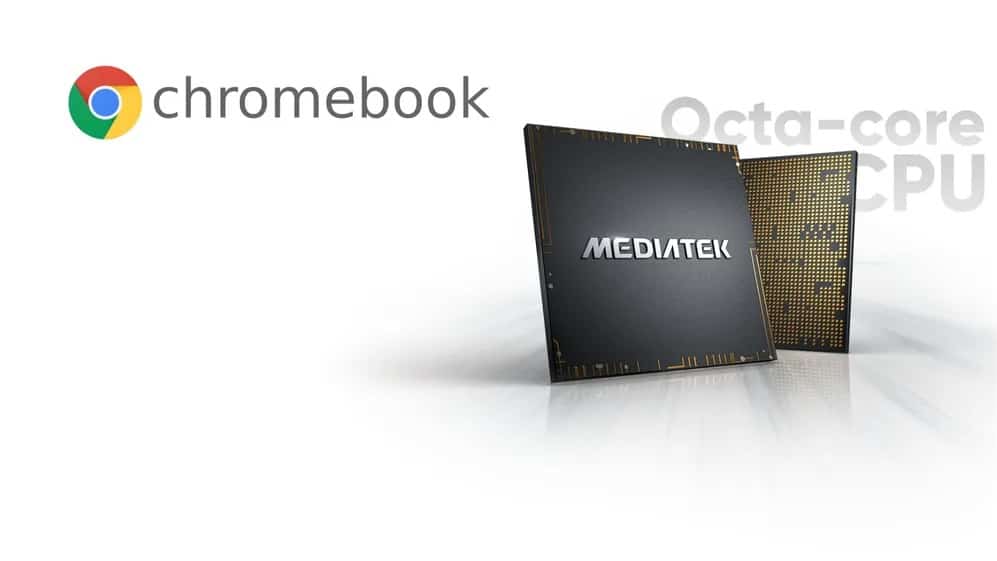I somehow missed this:
https://blogs.windows.com/windowsde...and-interoperable-apps-for-windows-11-on-arm/
Office offers improved performance and compatibility with existing 64-bit add-ins thanks to Windows' new x64 emulation capability. Check it out!

insider.office.com
Should help with getting more applications to ARM64.
I'm skeptical it will make much difference. The better the support is for getting by on x64 code, the less incentive there is to actually port to ARM64.
Microsoft doesn't have the luxury of a forced migration like Apple, they added ARM64 support as a second platform and keep x64. The path of least resistance for developers is to build for x64 only, and wait and see if the market for ARM64 hardware ever gets big enough to matter before considering a port (which may be as easy as a recompile in some cases, but if you offer a port you have to support it, which requires owning ARM hardware and takes time away from x64 where you make all your money)
The funny thing is, the majority of x86 PC consumer buyers could switch to ARM64 PCs and it wouldn't increase the size of the Windows/ARM application market at all. Most consumers aren't performance sensitive, PCs have been more than fast enough for a long time so the performance being less than ordinary Intel PCs doesn't matter. The only application they run is a browser, they don't buy ANY third party applications.
So even if Windows/ARM reached well into the double digits of PC marketshare (higher than Mac) there STILL might not be an incentive for developers to port to ARM64. That is, if almost everyone who switched were those who use their PC exclusively for surfing, shopping, email, video chat and streaming - all done via their browser. Which could easily be the case if the ARM64 PCs are sold as a "cheaper than the Intel offerings not deliberately designed to be terrible like Atom" alternative.
Microsoft has at various times supported MIPS, Sparc, PowerPC, Alpha and Itanium. The only two that saw even moderate success were Alpha and Itanium, and both only on servers. They dropped them all. Trusting Microsoft to not drop ARM support if it meets with a similar lack of success is like trusting Google to not drop support for anything new they announce 2-3 years later.






